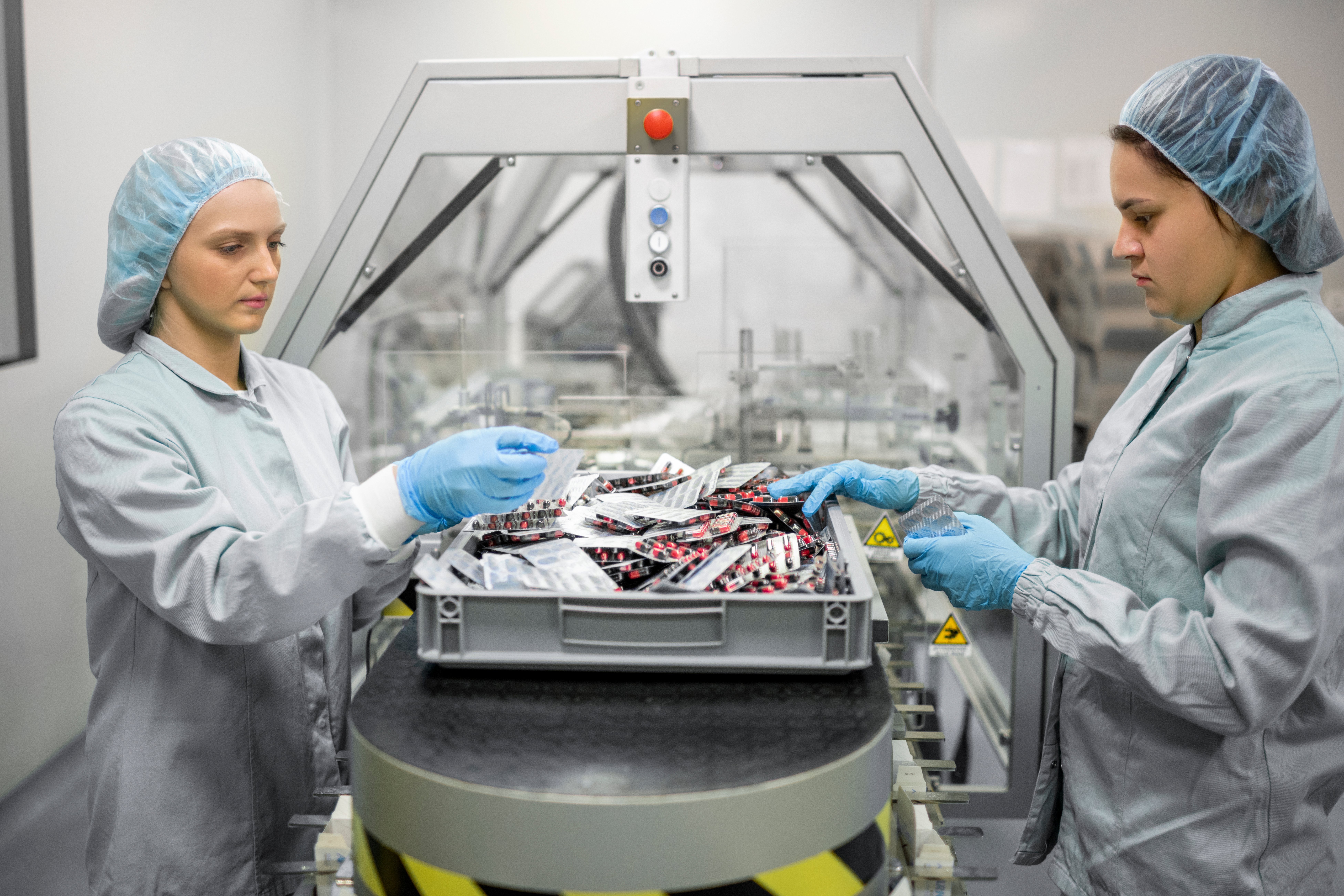What is a Drug Delivery System?
Over the past few years, pharmaceutical research and technology have allowed for tremendous growth in the development of drug delivery systems. These systems are not only effective and convenient but have enabled patients to take an active role in their care, allowing for improved health and quality of life.
Today, drug delivery systems play a vital role in modern medicine and contribute to the success of medical treatments. They allow for optimal drug efficacy, improved patient compliance, targeted therapy, and protection of the pharmaceutical products being administered.

Continued technological advancements are also driving the development of personalized medicine in this area. This includes tailoring drug delivery systems to individual patient needs, genetic history, and disease attributes to improve treatment outcomes.
What is a drug delivery system and why is it important?
A drug delivery system is a method or technology used to administer therapeutic medications or drugs to a specific location on the patient's body. The administration process could involve many approaches and formulations that enable controlled release, targeted delivery, and effectiveness of the drug while minimizing side effects.
The goal of a drug delivery system is to maximize pharmacological and therapeutic effects of the medication being used for treatment. These systems have been developed to ensure effectiveness of the drug during administration and minimize potential product issues, such as poor solubility and product degradation.
What are the different types of drug delivery systems and how are they administered?
While there are many different types of drug delivery systems used in the healthcare industry, not all systems are able to be administered in the same setting. Treatment location depends on the specific type of drug delivery system, complexity of drug administration, and safety considerations. These factors are key in determining if the drug can be administered by patients in a non-clinical setting or requires treatment in a healthcare setting.
Patient-administered drug delivery systems are those that involve patient or caregiver training by healthcare professionals for self-administration of the therapy in an at-home setting. The packaging for these systems is typically designed for safety and ease of use, with the patient in mind as the end-user. This allows patients to manage their conditions more independently at home or in a community setting.
Drug delivery system methods that could be administered in a non-clinical setting include:
- Oral delivery, such as tablets
- Transdermal or microneedle patches
- Inhalation delivery
- Nasal sprays
- Subcutaneous injections
Healthcare provider-administered drug delivery systems require the patient to be in a medical facility, clinical setting, or hospital for drug administration by healthcare professionals. Treatment with these pharmaceutical drugs often involve specialized skills and equipment, adherence to strict protocols, and drug delivery procedures that require expertise to ensure product efficacy and patient safety.
Packaging for these types of devices is typically disposable and designed for one-time use. They require strict sterility and specialized materials to aid in protection and efficacy of the drug held in the delivery system.
Examples of these more complex drug delivery systems include:
- Intravenous injections
- Implantations
- Advanced gene therapies
What packaging considerations are important for drug delivery systems?
When selecting the most effective packaging materials for a drug delivery system, always remember that the primary purpose is to protect the medication from external factors and ensure stability and effectiveness.
Packaging plays an important role in ensuring the safety, stability, and efficacy of a drug during transportation, storage, and administration. Choosing the correct materials will help ensure that the pharmaceutical drugs inside of the delivery system maintain optimal conditions during transportation and arrive safely to the end user.
Some important considerations that may influence packaging design include material selection (i.e., compatibility between the drug and proposed packaging), barrier properties, dosage accuracy, sterility and contamination control, compatibility testing, and regulatory compliance. Selection of the proper packaging may also depend on factors such as drug attributes, storage conditions and administration method.
Additionally, creating a packaging design that prioritizes the needs, preferences, and behaviors of end users is also important. With many drug delivery systems being patient-administered, it creates the opportunity to help a patient or caregiver through the process of administering the drug delivery system.
Overall, drug delivery systems play an important role in patient treatment, allowing for efficient and safe drug administration and improved patient outcomes. These systems protect the pharmaceutical drugs, ensuring quality and efficacy throughout their shelf life.



